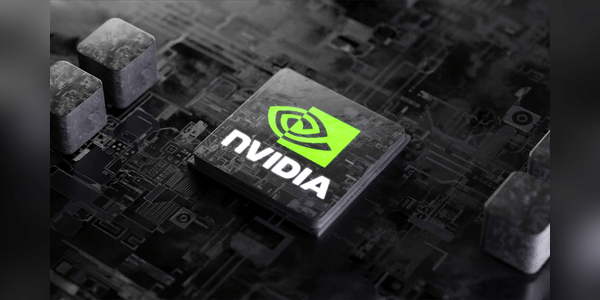The price of perfection: Nvidia shares fall despite record results
Nvidia, a company that has become a symbol of technological progress and innovation, once again beat analysts' expectations with its results last quarter. However, despite the impressive financials, which reflect the company's strength in the artificial intelligence (AI) chip market, the company's stock fell 8% in the aftermarket following the results.

This paradox between the excellent results and the negative market reaction raises questions about the future developments and expectations associated with this technology icon.
Financial success despite expectations
Nvidia reported earnings per share of 68 cents, above the expected 64 cents. Revenue came in at $30.04 billion, which also topped analysts' estimates of $28.7 billion. Those numbers underscore strong growth for the company, which is benefiting from huge demand for chips designed for AI and data centers. The company's management also raised its revenue estimates for the next quarter, expecting revenue of $32.5 billion, which…